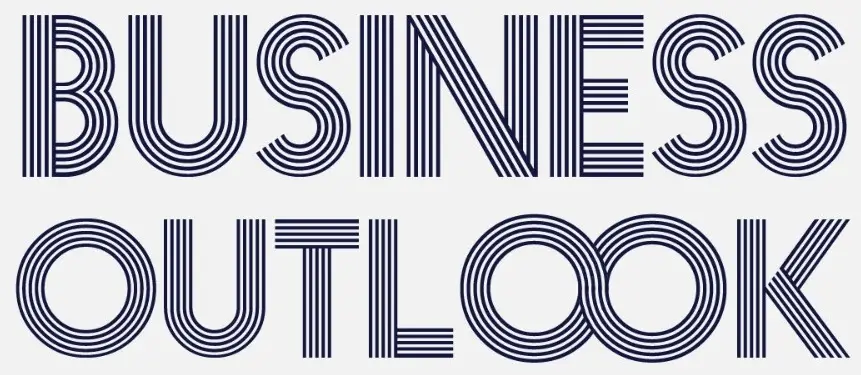Innovation drives progress, but few theories explain its impact as powerfully as Joseph Schumpeter’s Theory of Innovation. He said economic growth comes from creative destruction, where old industries are replaced by new, better ones. Entrepreneurs are the change agents that drive this process by introducing new products, markets and business models.
Understanding Schumpeter’s framework is crucial for business leaders navigating today’s fast moving markets. Let’s break down his key concepts and what they mean in practice.
Creative Destruction: The Engine of Economic Growth
Creative destruction is the process where old businesses and technologies are wiped out by new, innovative ones. It’s the constant churn that drives long term growth.
Examples:
- Streaming services (Netflix, Spotify) killed DVD rentals and CD sales.
- Smartphones replaced digital cameras, MP3 players and even physical maps.
- E-commerce giants like Amazon killed traditional retail stores.
For business the message is clear: adapt or die. Innovation isn’t optional, it’s survival.
Entrepreneurs as Innovators: The Agents of Change
Schumpeter saw entrepreneurs as the primary innovators. They take calculated risks to introduce new ideas and disrupt existing markets.
Key traits of Innovative Entrepreneurs:
- Visionary Thinking: Spotting opportunities others miss.
- Risk Taker: Willing to challenge the status quo.
- Execution Focused: Turning ideas into marketable products.
Example: Elon Musk disrupted multiple industries—electric cars (Tesla), space travel (SpaceX), digital payments (PayPal)—by bringing bold, game changing ideas to life.
Innovation as a Process: Beyond Invention
Schumpeter said innovation isn’t just about inventing new technology—it’s about bringing it to market and getting mass adoption.
Stages of Innovation:
- Invention – Create a new idea or product.
- Commercialization – Build a business model.
- Diffusion – Get widespread adoption and market impact.
Example:
The iPhone wasn’t the first smartphone but Apple nailed commercialization and mass adoption and set the standard for the industry.
Types of Innovation: Five Ways to Disrupt Markets
Schumpeter identified five types of innovation that reshape industries:
1. New Products
New products that reset consumer expectations.
- Example: Tesla’s electric cars.
2. New Production Methods
Innovative manufacturing that improves efficiency and reduces cost.
- Example: Ford’s assembly line.
3. New Markets
New markets or previously non-existent markets.
- Example: Ride-sharing services like Uber.
4. New Sources of Supply
Alternative raw materials or supply chain methods to reduce dependency and cost.
- Example: Renewable energy like solar and wind.
5. New Ways of Organizing Business
Redefining business structure and process for agility and efficiency.
- Example: Remote work and digital-first companies like Zoom.
How to Apply Schumpeter’s Ideas
- Anticipate Disruption – Study trends to identify emerging threats and opportunities.
- Encourage Entrepreneurial Thinking – Foster a culture that rewards risk taking and innovation.
- Invest in R&D – Allocate resources to develop and refine new ideas.
- Adapt to Change – Be willing to pivot when necessary to stay ahead.
Conclusion: Innovation is Not Optional
Schumpeter’s Theory of Innovation is the framework for understanding how economies and industries evolve. Businesses that embrace creative destruction, entrepreneurial leadership and continuous innovation will not only survive but thrive in a changing world.
So ask yourself: Am I leading change or waiting to be disrupted?






